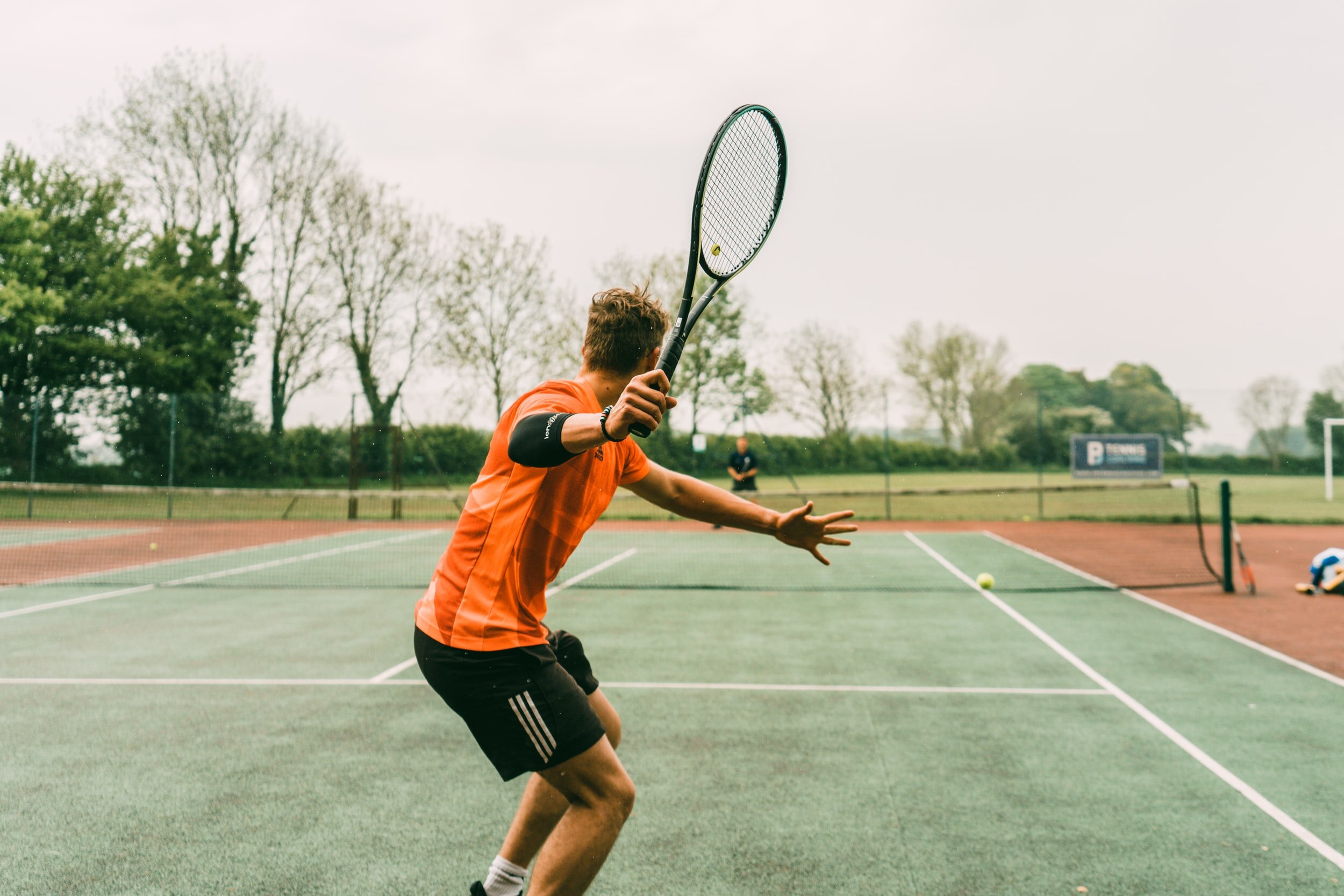5 Tennis Exercises to SERVE the Competition
Are you struggling to gain power and speed with your serve? Many tennis players don’t know what to focus on to improve the speed and power of their serve. Serving requires several muscles from your legs, hip, shoulders, and arm.
Serving in tennis is one of the most complex movements in regards to mechanics, and thus requires effort from several muscles in the legs, hips, shoulders, and arms. Tennis serves require a significant amount of force and torque and therefore it is a movement that requires the full kinetic chain.
Here are 5 exercises that will improve the performance of your serve, get you to ace your opponent, and overall become a better tennis player!
90/90 Shoulder External Rotation with elastic band
Many athletes, even powerlifters and /Olympic weightlifters, develop strength deficits in their rotator cuff muscles. This demonstrates a muscular imbalance between shoulder internal rotators and external rotators. Tennis players tend to develop stronger shoulder internal rotators than external rotators. The internal rotator muscles (turning your arm inward) must accelerate the upper arm in the swing to form contact with the ball. Immediately after, the external rotators (turning your arm outward) eccentrically contract to slow down and control the motion of the follow through phase of the serve. It is important to train the rotator cuff muscles (muscles around the shoulder that hold the shoulder in place) to protect the shoulder from injury. This exercise is focusing on the shoulder external rotators concentrically and eccentrically simulating the position of the tennis serve while strengthening the rotator cuff muscles.
Elastic band Trunk Rotation
Strengthening the core adds speed while generating a powerful trunk rotation that will optimize the performance of the serve. This exercise strengthens the core rotator muscles that resemble multiple movements of a tennis swing in addition to a serve, such as an overhead smash, forehand, and backhand groundstrokes.
Prone Swimmers
The shoulder must be strong and stable to handle the force and speed transferred through your body to your arm. This strengthens shoulder stabilizers and back muscles that keep the joint healthy and strong for a consistent arm swing and improved accuracy. This exercise should be a slow and controlled movement.
Before getting into the final exercises, it is important to understand triple extension. Triple extension is when the hips, knees, and ankles are fully extended. Correct timing/coordination of triple extension will maximize an athlete's explosiveness. Some exercises that incorporate triple extension include Olympic lifting (cleans, snatches), sprinting and jumping.
Jump Squat
Most of the power in your serve is actually generated from the legs and hips. During a tennis serve, players demonstrate a deep knee bend and explosive drive up toward the ball. The Jump squat simulates the movement of the tennis serve while emphasizing triple extension which will help produce a powerful serve.
Medicine Ball Squat Thrust to Medicine Ball Slams
This is a whole body strength and conditioning exercise that trains specific muscles used during a tennis serve incorporating triple extension as well. This exercise helps improve the players’ ability to accelerate and produce explosiveness for optimal serve performance. The medicine ball squat thrust will simulate the wind-up and cocking phases of the tennis serve. Medicine ball slams develop upper body and core strength with a movement that simulates the acceleration and follow-through phases of the serve. This helps you drive through the ball with more force, resulting in increased serve speed.
As a tennis player myself, incorporating these exercises regularly has helped me improve my serve and overall performance.
How Can Physical Therapy Help?
Seeking physical therapy can help improve your strength, range of motion, mobility, motor control, and technique. A licensed Physical therapist can help pinpoint your muscular imbalances, improve overall function, and create a program specific to your needs.
By: Dr. Amanda El-Khouri SPT
References:
Elliott B. (2006). Biomechanics and tennis. British journal of sports medicine, 40(5), 392–396.
https://doi.org/10.1136/bjsm.2005.023150
Roetert, E. P., Ellenbecker, Todd S, DPT,M.S., C.S.C.S., & Reid, M., PhD. (2009). Biomechanics
of the tennis serve: Implications for strength training. Strength and Conditioning Journal, 31(4), 35-40.
Are you interested in our services at Trifecta Therapeutics, but live too far away from our facility? Schedule a telehealth visit!


